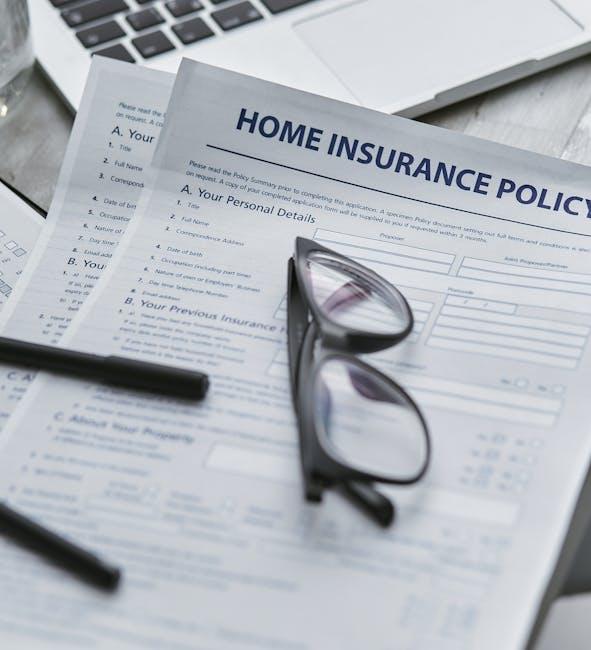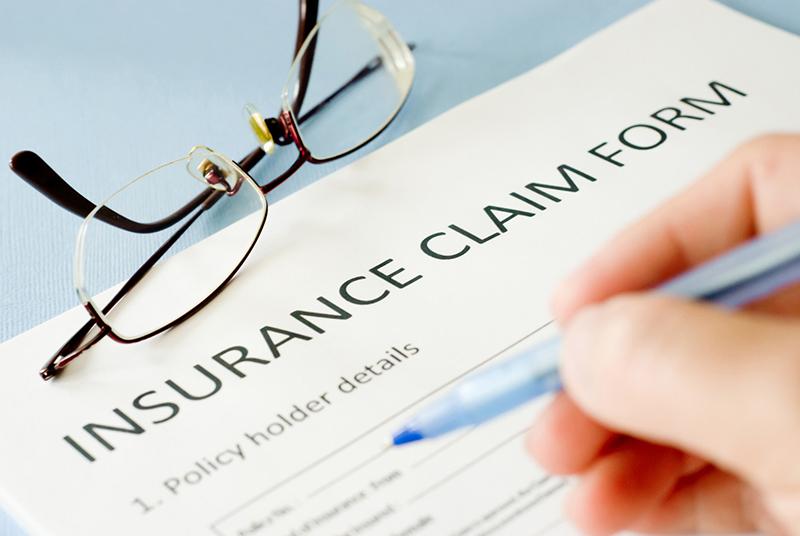Filing an insurance claim for damaged electronics can often feel like navigating a complex maze, but with the right guidance, you can efficiently secure the compensation you deserve. Whether it’s a smartphone that met an untimely demise or a laptop suffering from an unexpected mishap, understanding the intricacies of the claims process is crucial to ensure a smooth and successful outcome. In this comprehensive guide, we will walk you through each step of filing an insurance claim for your damaged electronics, from gathering essential documentation to effectively communicating with your insurance provider. Armed with this knowledge, you’ll be well-prepared to tackle any challenges that arise, ensuring your valuable devices are covered and your peace of mind is restored.
Understanding Your Insurance Policy Coverage for Electronics
When it comes to safeguarding your beloved gadgets, understanding the nuances of your insurance policy can make all the difference. Electronics insurance coverage typically encompasses a range of scenarios that could lead to damage, including accidental drops, spills, and even theft. However, not all policies are created equal. Here are some key points to consider:
- Scope of Coverage: Verify whether your policy covers accidental damage, theft, or both. Some policies may offer additional protection for natural disasters or power surges.
- Deductibles and Limits: Familiarize yourself with the deductible amount you are responsible for before your insurance kicks in. Additionally, be aware of any coverage limits that might affect high-value items.
- Exclusions: Pay attention to any exclusions in your policy. Common exclusions may include pre-existing conditions or damage resulting from negligence.
- Proof of Ownership: Most insurers require proof of purchase or ownership, so keep receipts and records of your electronics in a safe place.
Understanding these aspects of your insurance policy will equip you with the knowledge needed to navigate the claims process effectively. This foresight can help ensure that your claim for damaged electronics is processed smoothly and without unexpected setbacks.

Step-by-Step Guide to Filing a Claim for Damaged Electronics
Initiating an insurance claim for your damaged electronics requires a systematic approach to ensure a smooth process. Begin by gathering all necessary documentation, such as your insurance policy details, purchase receipts, and photographs of the damaged items. Having these documents ready will facilitate communication with your insurer and substantiate your claim.
- Contact Your Insurer: Reach out to your insurance provider promptly. Use their preferred method of communication, whether it’s via phone, email, or their online portal.
- Document the Damage: Take clear, detailed photos of the damaged electronics. Include multiple angles and close-ups to provide a comprehensive view of the damage.
- Submit Your Claim: Fill out the necessary claim forms with accurate information. Be thorough and precise to avoid delays in processing.
- Follow Up: Keep track of your claim’s progress by staying in touch with your insurer. Don’t hesitate to ask for updates if the process seems to be taking longer than expected.
By meticulously following these steps, you can enhance the likelihood of a successful claim resolution. Remember, clear communication and comprehensive documentation are your allies in this process.

Essential Documentation and Evidence to Support Your Claim
To successfully navigate the insurance claim process for your damaged electronics, assembling the right documentation and evidence is crucial. Start by gathering original purchase receipts or proof of ownership to establish the value and ownership of the items in question. It’s equally important to include photos or videos of the damaged electronics, which serve as visual evidence of the condition and extent of the damage. If possible, provide before-and-after images to clearly demonstrate the impact of the incident.
- Repair Estimates: Obtain written estimates from certified repair professionals to substantiate the cost of repairs.
- Warranty Information: Include any warranty documents, which might affect the claim or provide additional coverage.
- Incident Reports: If applicable, attach police or fire department reports that verify the event causing the damage.
- Communication Records: Keep a detailed log of any communications with your insurer, including emails and call notes.
Ensure that all documentation is clear and legible, as missing or unclear information can delay the claims process. Being thorough and organized in presenting your evidence will greatly enhance your chances of a successful claim.

Tips to Expedite the Claims Process and Maximize Your Payout
When it comes to speeding up the claims process and ensuring you receive the maximum payout for your damaged electronics, preparation and thoroughness are key. Begin by gathering all necessary documentation, including receipts, warranty information, and photographic evidence of the damage. This step is crucial in establishing the value and condition of your electronics prior to the incident. Ensure all documentation is organized and readily accessible to streamline communication with your insurance provider.
- Review Your Policy: Understand the specifics of your insurance coverage, including any exclusions or limitations that may apply to your claim.
- Report Promptly: Notify your insurer as soon as possible. Delays can complicate the process and may even affect your eligibility for a payout.
- Provide Detailed Information: Clearly describe the incident and the extent of the damage. Vague or incomplete information can lead to processing delays.
- Follow Up: Maintain regular contact with your claims adjuster to stay informed about the status of your claim and to address any additional information they may require.
By being proactive and organized, you can effectively navigate the claims process and enhance your chances of a favorable outcome.

